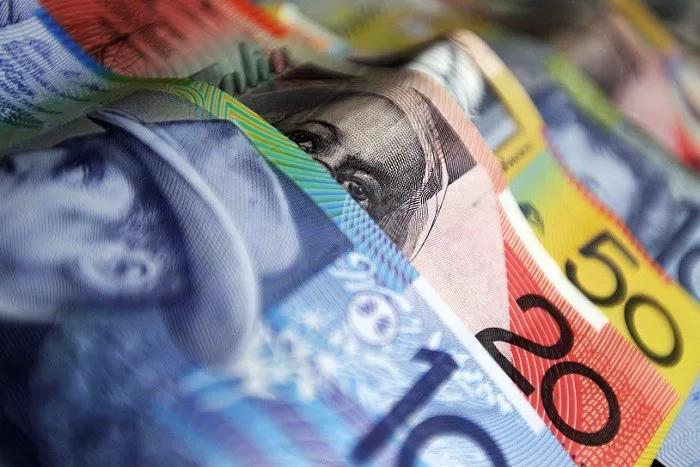In today’s digital age, where cashless transactions dominate, it’s easy to overlook the worth and historical significance of physical currency. One such example is the Australian 1 dollar note, widely recognized as a symbol of the nation’s economic heritage. This article aims to explore the value of Australian 1 dollar notes, both from a monetary perspective and as a cultural artifact. We will delve into their history, design features, rarity, collectors’ market, and potential investment opportunities. So, let’s embark on an intriguing journey into the realm of Australian 1 dollar notes.
Historical Background:
The Australian 1 dollar note holds a rich history that dates back to its introduction in 1966. It made its debut as a replacement for the Australian Pound, following the country’s transition to decimal currency. Initially, it coexisted with the Australian 1 dollar coin until the latter became the sole form of circulation in 1984. Consequently, the 1 dollar note was gradually phased out, rendering it a relic of bygone times.
Design Features:
Australian 1 dollar notes feature several design elements that contribute to their aesthetic appeal and distinguish them from other denominations. The obverse side typically depicts Queen Elizabeth II, the reigning monarch at the time of issuance, while the reverse showcases a prominent figure from Australian history, such as Sir Henry Parkes or Aboriginal author and inventor David Unaipon. Additionally, intricate patterns, watermarks, and security threads are incorporated to prevent counterfeiting.
Rarity and Condition:
The value of Australian 1 dollar notes is influenced by factors such as rarity and condition. Due to their gradual withdrawal, these notes have become increasingly scarce in circulation. However, their availability in the collectors’ market remains relatively stable. When assessing the worth of a specific note, factors such as the year of issue, serial number, and overall condition play a pivotal role. Pristine, uncirculated notes tend to command higher prices compared to those with signs of wear or damage.
Collectors’ Market:
The world of numismatics is brimming with collectors who passionately pursue rare banknotes and coins. Australian 1 dollar notes have garnered considerable interest among enthusiasts due to their historical significance and limited availability. The value of these notes in the collectors’ market can vary significantly based on factors such as scarcity, demand, and condition. Notable variations, including misprints or unique serial numbers, often fetch higher prices at auctions and specialized numismatic events.
Investment Opportunities:
While primarily considered a collector’s item, Australian 1 dollar notes also present potential investment opportunities. Investors with an affinity for tangible assets may look to diversify their portfolios by acquiring banknotes with historical value. However, it’s important to approach such investments with caution and conduct thorough research to assess market trends, demand patterns, and authenticity. Consultation with experts in the field is advisable to make informed decisions regarding the purchase and storage of banknotes for potential long-term appreciation.
Conclusion:
Australian 1 dollar notes embody both monetary value and cultural significance. As a testament to Australia’s transition to decimal currency, these banknotes hold a cherished place in the nation’s history. Whether viewed as collectibles or potential investments, their rarity and unique designs have captivated the attention of numismatists worldwide. So, next time you stumble across a relic from the past in your wallet or drawer, take a moment to appreciate the worth and stories that Australian 1 dollar notes carry within them.


